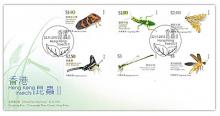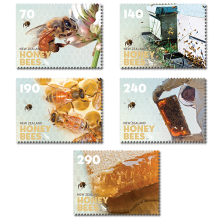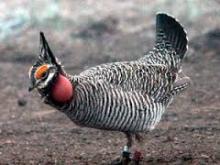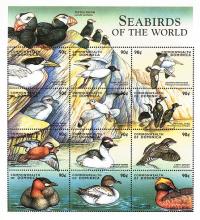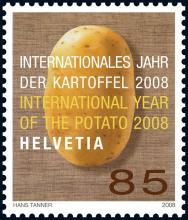
Since the first genetically modified crops in the U.S. were approved in the mid-’90s, millions of acres have been planted with these crops. Most of the harvest goes to animal feed and other uses, but it’s estimated that about 70 percent of processed foods in the U.S. contain GMO ingredients. 90% of corn grown in the U.S. in 2013 is genetically modified. Most corn grown in the U.S. is used for animal feed and non-food products like ethanol, but it is also used in processed foods for humans — most often as high-fructose corn syrup. (This is different from the genetically modified sweet corn introduced by Monsanto in 2011.) How it may show up on labels: corn syrup, corn meal, dextrin. 93%of soybeans grown in the U.S. in 2013 are genetically modified. Like corn, much of the nation’s soy crop is used for animal feed and energy. A number of the top brands of soy milk, tofu and other obvious foods are organic and GMO-free. How it may show up on labels: soy protein, soy flour, lethicin. 90%of cotton grown in the U.S. in 2013 is genetically modified. Cotton is mostly used for textiles, but cottonseed oil is used as a cheaper substitute for olive or canola oil in foods like salad dressing and potato chips. How it may show up on labels: cottonseed oil. 90%of canola grown in the U.S. is genetically modified. Canola oil is used in food, while the seed meal is used in livestock feed. How it may show up on labels: canola oil. 95%of sugar beets grown in the U.S. are genetically modified. Monsanto introduced herbicide-resistant sugar beets in 2008, and it has been considered the fastest adoption of any genetically engineered crop. Opponents sought to block the crop in court, and it continues to be contentious. In June, thousands of plants were destroyed by vandals in southwest Oregon. How it may show up on labels: sugar, sucrose. 88% of alfalfa grown in the U.S. is genetically modified. Humans don’t eat alfalfa, but it’s a main source of feed for animals like dairy cows. Critics worry about contamination with organic feed.

